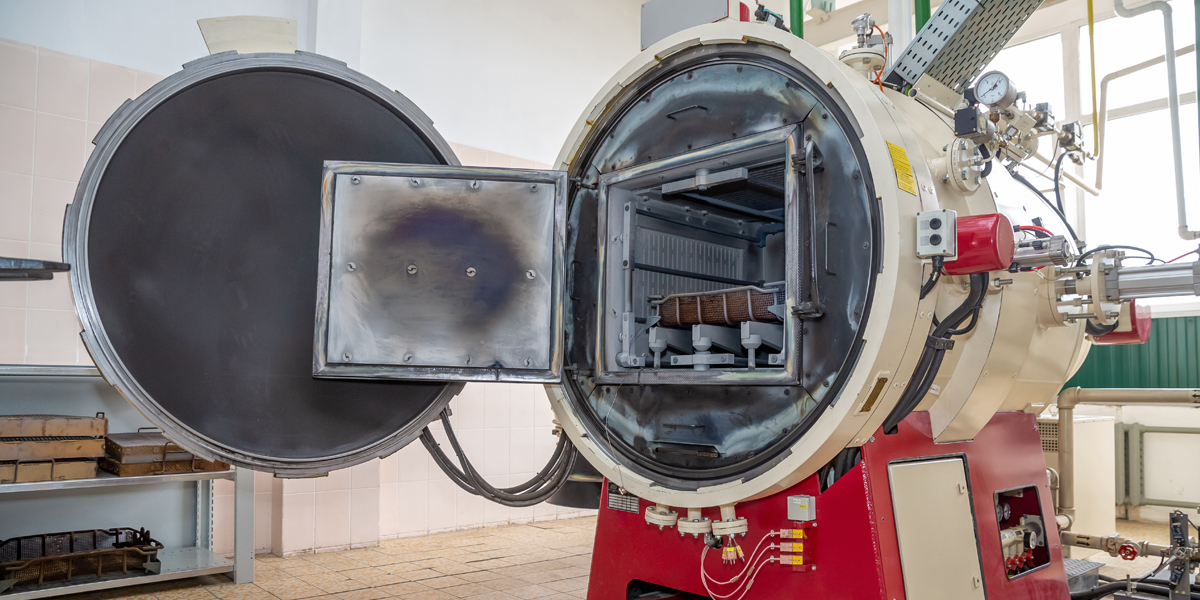In the heart of material science and metallurgy lies a transformative process that harnesses the power of heat to shape, strengthen, and refine. Welcome to the world of annealing, where temperature becomes a master sculptor, molding materials into forms that balance strength, ductility, and resilience. In this blog post, we delve into the art and science of annealing, uncovering its mysteries and revealing its crucial role in various industries.
Unlocking the Basics: What is Annealing?
At its core, annealing is a heat treatment technique that involves heating a material to a specific temperature and then allowing it to cool slowly. This controlled process affects the material’s microstructure, altering its mechanical and physical properties. Whether it’s metals, alloys, or even glass, annealing has the power to reset a material’s internal state, reducing stress, enhancing formability, and achieving specific characteristics.
The Symphony of Microstructure: How Annealing Works
Annealing works by influencing the arrangement of atoms within a material. When heated, the material’s crystal lattice becomes more mobile, allowing defects and dislocations to repair themselves. As the material cools down slowly, new, stress-free grains form, resulting in improved properties like ductility, toughness, and reduced hardness.
Types of Annealing: Unveiling the Variants
- Full Annealing: This classic method involves heating the material above its critical temperature and then allowing it to cool slowly in a furnace. It’s often used to achieve maximum softness and homogeneity.
- Process Annealing: Perfect for relieving internal stresses caused by cold working or welding, this technique involves heating the material to a temperature just below its critical point and then cooling it down.
- Solution Annealing: Common in alloys, solution annealing dissolves secondary phases within the material’s structure. It’s followed by rapid cooling to prevent phase re-formation.
Applications Across Industries: Annealing’s Versatility
From automotive components to aerospace materials, annealing is a versatile tool. It plays a vital role in shaping everything from delicate glassware to high-strength steel. Engineers, manufacturers, and artisans alike harness its power to create materials that meet specific needs.
Crafting the Future: Annealing in Modern Innovation
As technology advances, annealing techniques evolve. Processes like laser annealing and induction annealing offer precision and efficiency in industries that demand intricacy and speed. These innovations highlight the ongoing relevance of annealing in a rapidly changing world.
Conclusion: The Thermal Alchemy of Annealing
In the world of material science, annealing stands as a testament to the marriage of art and science. With careful manipulation of temperature and time, this process turns mundane materials into refined works of engineering and craftsmanship. From enhancing performance to ensuring longevity, annealing shapes the physical world around us, one controlled heat cycle at a time.
